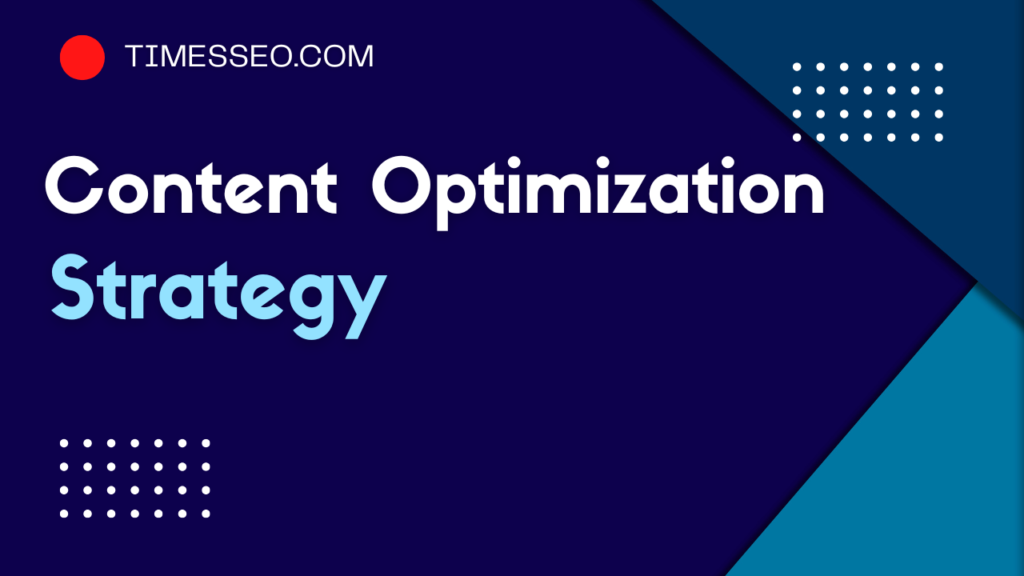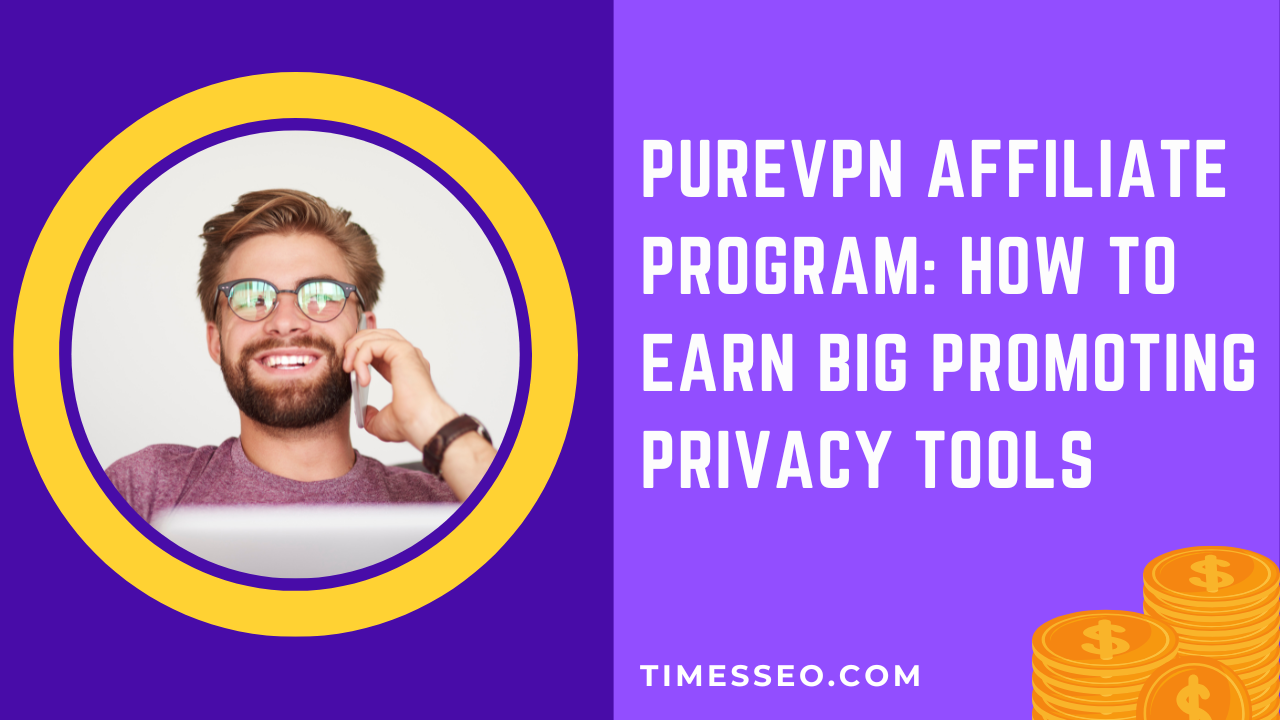
Top On-Page SEO Audit Steps for Service Websites Every Business Should Know
Discover the essential on-page SEO audit steps for service websites that every business should implement to improve search rankings, attract local traffic, and boost conversions. This guide breaks down actionable strategies tailored specifically for service-based websites. Perfect for business owners, marketers, and SEO beginners looking to optimize their site effectively.
Table of Contents
Introduction
Running a service business is already a full-time job. But in today’s online-first world, having a great website isn’t optional — it’s essential. And if your website isn’t properly optimized, you’re likely invisible to people searching for your services. That’s where on-page SEO comes in.
This article covers the top on-page SEO audit steps every service website needs to dominate local search results, attract the right leads, and convert visitors into customers.
Keyword Research Fundamentals
Understanding Customer Search Intent
Start by identifying what your customers are actually searching for. Are they looking for “affordable AC repair” or “emergency electrician near me”? Knowing their intent helps you tailor content that answers their needs.
Finding High-Impact Keywords
Utilize resources such as Ahrefs, Ubersuggest, or Google Keyword Planner to discover:
Long-tail keywords (e.g., “roof repair in Brooklyn”)
Question-based queries (e.g., “how much does plumbing cost?”)
Local Keyword Targeting for Service Areas
Always include location-based keywords on your service pages. This makes it easier for search engines to comprehend your offerings and service area.
Metadata Optimization
Crafting Clickable Title Tags
Title tags appear in search results and should:
Be under 60 characters
Start with the main keyword
End with a value proposition
Example: “Emergency Plumbing Services in Chicago | 24/7 Available”
Writing Action-Oriented Meta Descriptions
Your meta description should compel users to click. Include:
Your main keyword
A benefit-driven CTA
Example: “Need urgent leak repair in Chicago? Call our certified plumbers — available 24/7!”
Header Tag Hierarchy
Why H1 Should Be Unique
Your page should only have one H1, and it should have the main keyword in it. Think of it as your headline.
Using H2, H3, H4 for Content Flow
Use H2s and H3s to divide your information into pieces that can be scanned. It enhances readability and makes your page structure easier for Google to comprehend.
SEO-Friendly URL Structures
Best Practices for Clean URLs
Keep URLs:
Short
Readable
Keyword-rich
Good: /roof-repair-los-angeles
Bad: /services?id=445&type=roofing
Avoiding Unnecessary Parameters
URLs with too many variables confuse both users and search engines. Stick with static URLs whenever possible.
Content Optimization Strategy
Building Unique Service Pages
Each service should have its own dedicated page. This makes it easier to rank and answer specific user queries.
Incorporating LSI and Related Terms
Include synonyms and related phrases in place of the same keyword. This builds topical relevance.
Writing for Conversions, Not Just Ranking
Speak directly to your customers. Address their problems, offer solutions, and include CTAs like “Get a Free Estimate” or “Book Now.”
Internal Linking Techniques
Strategic Linking Between Pages
Link between services, blog posts, and contact pages to guide visitors and boost your site’s SEO value.
Optimizing Anchor Text
Use descriptive anchor text like “residential pest control services” instead of generic “click here” links.
Image SEO Optimization
Using Descriptive Alt Text
Search engines cannot see images; they can only read them. Use clear, keyword-rich alt text.
Example: alt=”emergency air conditioning repair in Dallas”
Compressing Images for Speed
Large images slow down your site. Tools like TinyPNG or ShortPixel help compress them without losing quality.
Mobile Optimization
Responsive Design Importance
Over 60% of users browse on mobile. If your site isn’t mobile-friendly, you’re losing potential customers.
Mobile Page Speed Essentials
Use tools like Google’s Mobile-Friendly Test or PageSpeed Insights to fix:
Slow load times
Button spacing
Text readability
Page Speed Optimization
Robots.txt and XML Sitemap
Ensure important pages are crawlable and listed in your sitemap. Submit it to Google Search Console.
Canonical Tags and Duplicate Content
Avoid duplicate content issues by setting proper canonical URLs, especially if your services appear in multiple categories.
Schema Markup for Services
Use JSON-LD structured data for:
- Services
- Locations
- Reviews
- FAQs
User Experience (UX) Signals
Bounce Rate and Time on Page
Great content keeps people on your site longer. Use bullet points, visuals, and short paragraphs.
CTA Placement and Readability
Make sure your CTAs are above the fold, easy to find, and easy to act on — especially on mobile devices.
Technical On-Page SEO Elements
Robots.txt and XML Sitemap
Ensure important pages are crawlable and listed in your sitemap. Submit it to Google Search Console.
Canonical Tags and Duplicate Content
Avoid duplicate content issues by setting proper canonical URLs, especially if your services appear in multiple categories.
Schema Markup for Services
Use JSON-LD structured data for:
- Services
- Locations
- Reviews
- FAQs
Trust & Conversion Elements
Contact Info Visibility
Display phone numbers and contact forms prominently. Add “click to call” buttons for mobile users.
Testimonials, Reviews, and Certifications
Social proof builds trust. Display real customer reviews, Google ratings, or trust badges.
Local SEO Enhancements
Consistent NAP Across Pages
Make sure your phone number, address, and name appear consistently on:
- Website
- Google Business Profile
- Online directories
Google Maps and Location Pages
Embed a Google Map and create a separate page for each service area or city you operate in.
Audit Tools and Final Checklist
Tools to Run an On-Page SEO Audit
- Screaming Frog SEO Spider
- Ahrefs Site Audit
- SEOptimer
- Google Search Console
Conclusion
On-page SEO isn’t rocket science — it’s just smart marketing applied to your website. When done right, it helps you attract more visitors, convert them into customers, and stay ahead of competitors. So don’t ignore these steps — audit your service site today and start climbing the search rankings.
Frequently Asked Questions
Ideally, once every 3–6 months or whenever you update content.
Yes, creating city-specific service pages helps you rank in local searches.
Not targeting the right keywords or duplicating content across pages.
Absolutely. Many tools and guides (like this one!) help you DIY your SEO.
Usually within 4–12 weeks, depending on competition and consistency
Table of Contents
Popular Posts
-
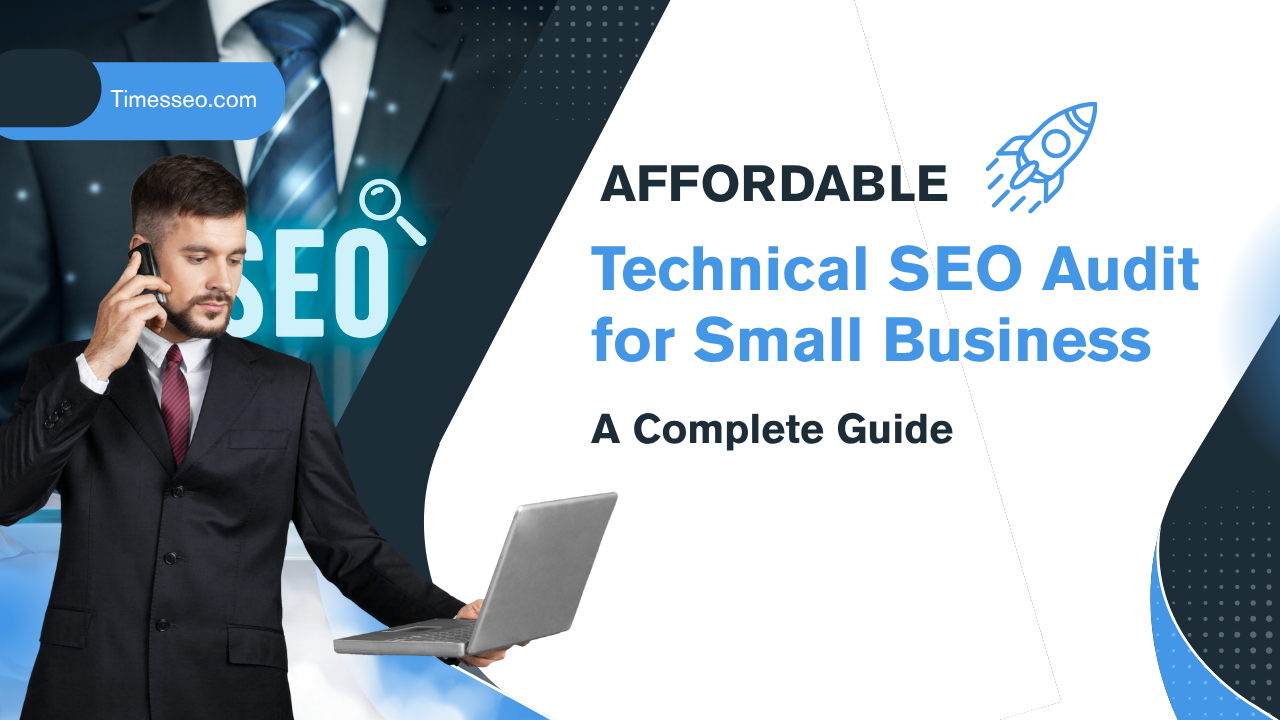 Affordable Technical SEO Audit for Small Business: A Complete Guide26 Jun 2025 Blog
Affordable Technical SEO Audit for Small Business: A Complete Guide26 Jun 2025 Blog -
 How to Get an Affordable Technical SEO Audit for Small Business27 Jun 2025 Blog
How to Get an Affordable Technical SEO Audit for Small Business27 Jun 2025 Blog -
 The Ultimate Local SEO Audit Checklist for Startups28 Jun 2025 Blog
The Ultimate Local SEO Audit Checklist for Startups28 Jun 2025 Blog -
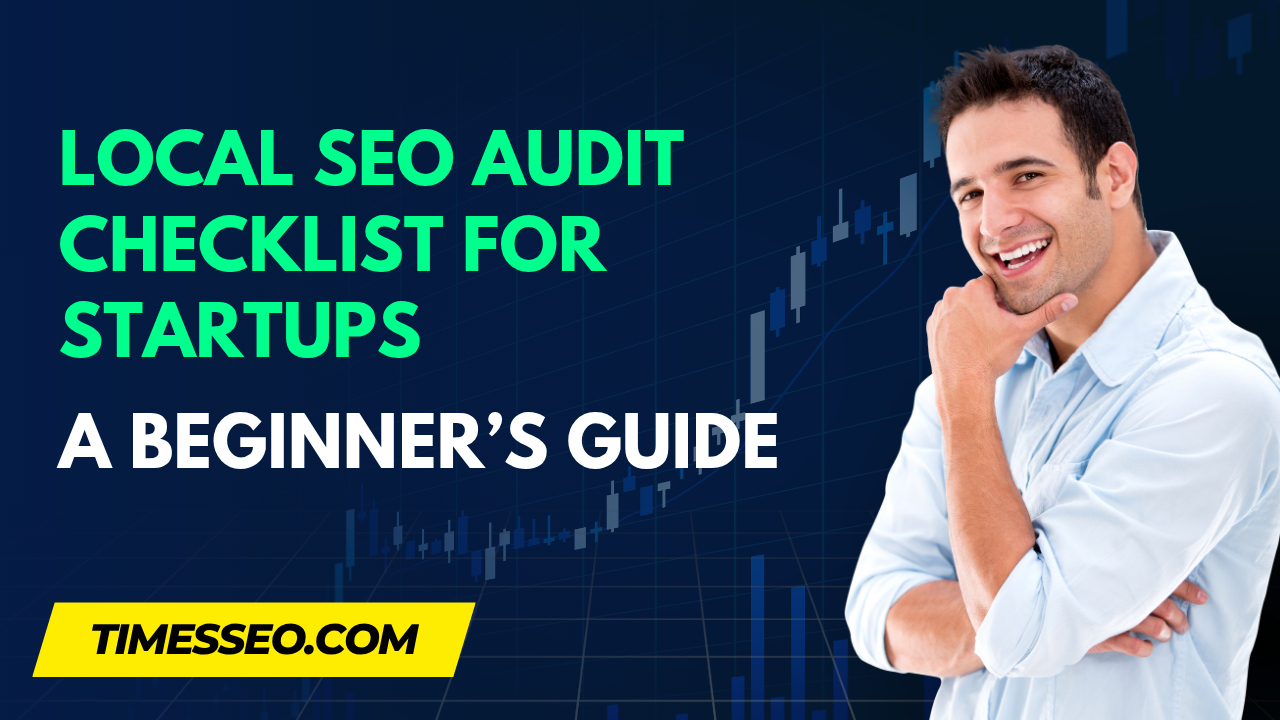 Local SEO Audit Checklist for Startups: A Beginner’s Guide28 Jun 2025 Blog
Local SEO Audit Checklist for Startups: A Beginner’s Guide28 Jun 2025 Blog -
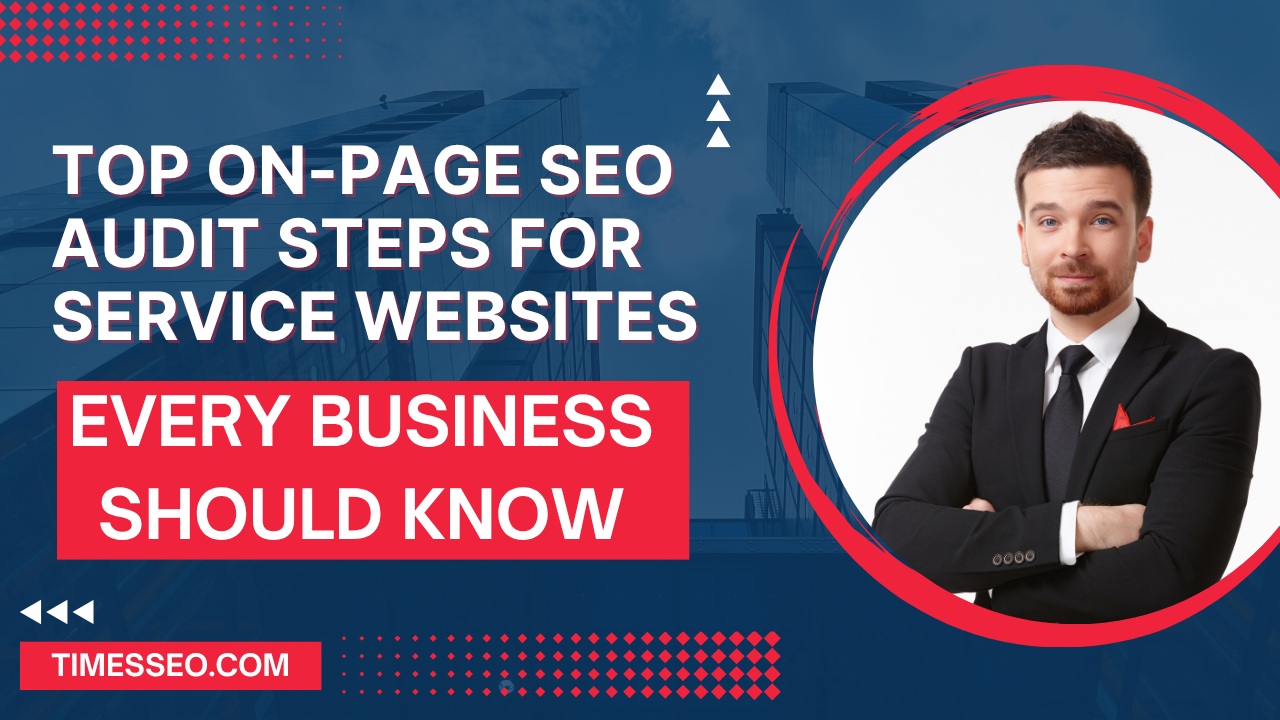 Top On-Page SEO Audit Steps for Service Websites Every Business Should Know29 Jun 2025 Blog
Top On-Page SEO Audit Steps for Service Websites Every Business Should Know29 Jun 2025 Blog -
 Technical SEO for WordPress: The Ultimate Beginner’s Guide01 Jul 2025 Blog
Technical SEO for WordPress: The Ultimate Beginner’s Guide01 Jul 2025 Blog -
 The Impact of On-Page SEO Audit Steps for Service Websites on UX01 Jul 2025 Blog
The Impact of On-Page SEO Audit Steps for Service Websites on UX01 Jul 2025 Blog -
 Technical Mobile SEO Audit Tips for Developers02 Jul 2025 Blog
Technical Mobile SEO Audit Tips for Developers02 Jul 2025 Blog -
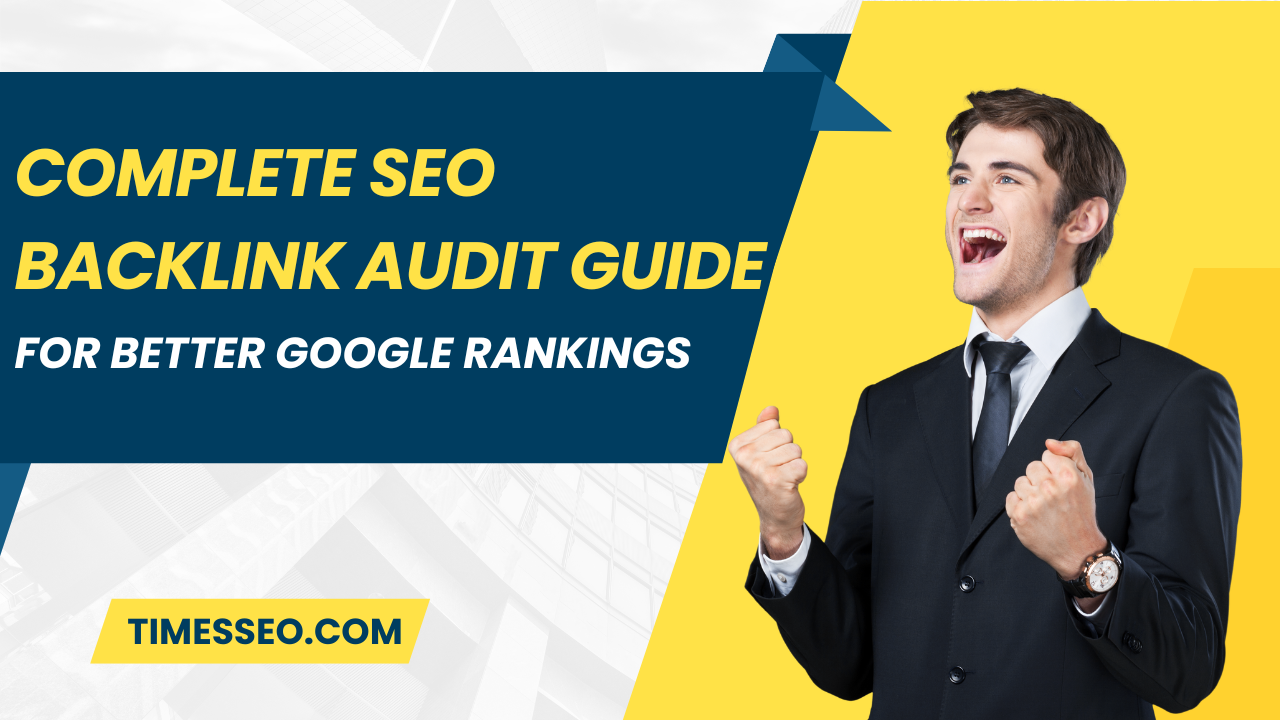 Complete SEO Backlink Audit Guide for Better Google Rankings03 Jul 2025 Blog
Complete SEO Backlink Audit Guide for Better Google Rankings03 Jul 2025 Blog -
 Boost Your Rankings with Technical SEO for WordPress01 Jul 2025 Blog
Boost Your Rankings with Technical SEO for WordPress01 Jul 2025 Blog




